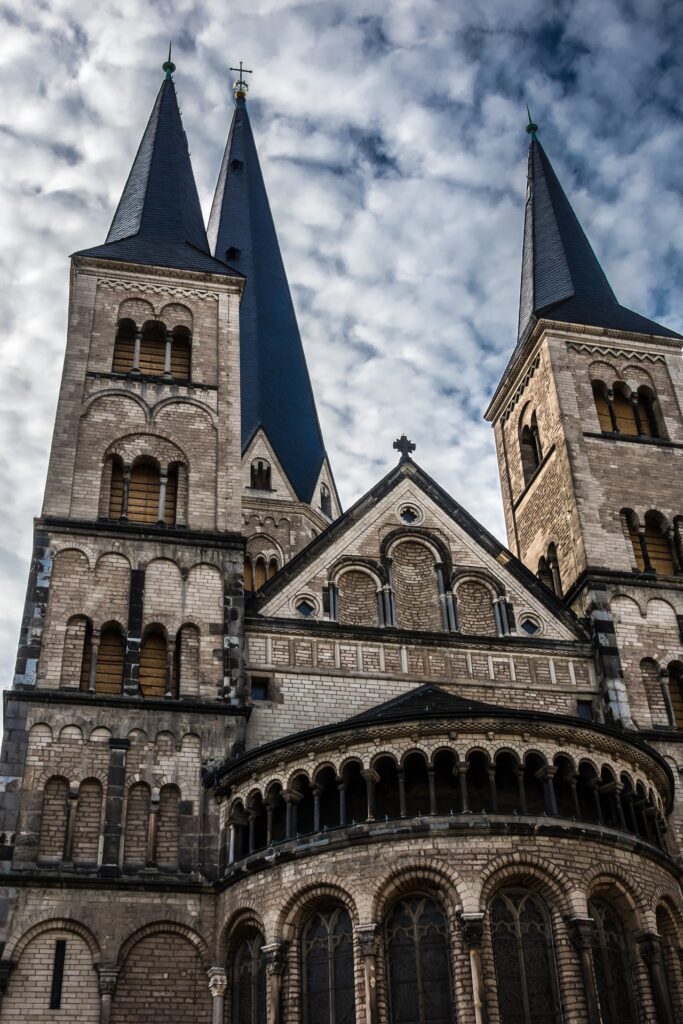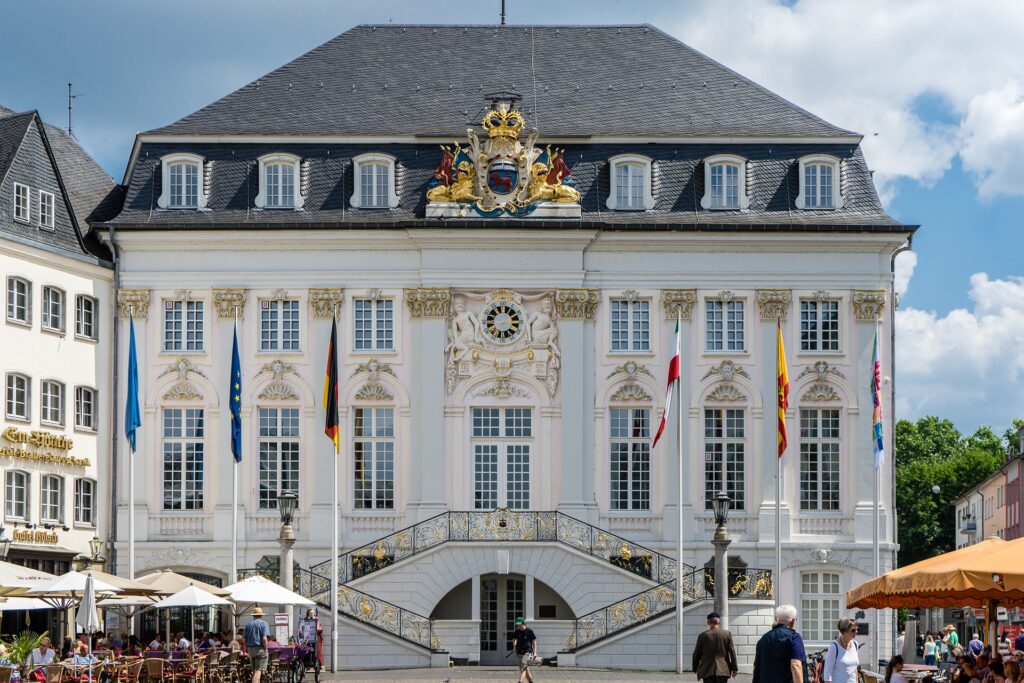About Bonn
The Bonn region is regarded as the gateway to the romantic Rhine with the Siebengebirge mountains and Drachenfels shrouded in legend.
The newly created Drachenfels mountain plateau can be reached with the Drachenfels Railway. Halfway up Schloss Drachenburg, which has been restored beautifully, soars majestically.
The federal city Bonn is, like Koblenz, situated at the border of the river Rhine. It is in the federal state North-Rhine Westphalia. With about 325 thousand inhabitants it is one of the 20 largest cities in Germany.
Bonn is also known as the native town of Ludwig van Beethoven, a famous musician and composer. The Beethoven House, the house where the musician was born, is now a museum and tells stories from the life of the world famous composer. The high density of museums and high-quality exhibitions on the Museum Mile enrich the region’s culture.




